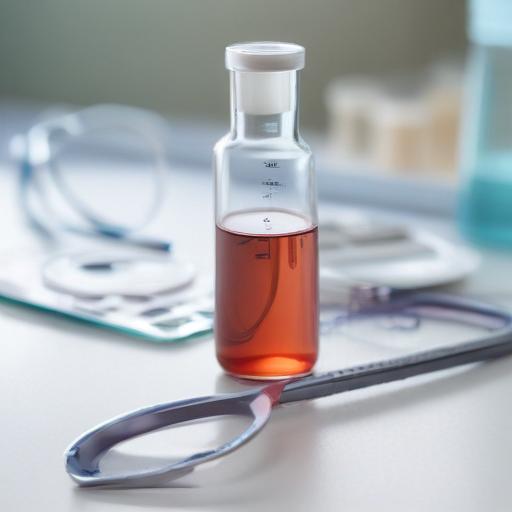A man is recovering after spending over a week in a hospital in the Outer Banks, following a Vibrio vulnificus infection from a seemingly minor leg cut. This alarming case highlights the rising threat posed by the flesh-eating bacteria, which can inflict severe tissue damage and become life-threatening within 48 hours.
Recent data from the North Carolina Department of Health and Human Services shows 59 reported cases of Vibrio infections and one death statewide through July 31, marking the second-highest midsummer total in the past five years. These numbers are concerning as they emerge just ahead of the traditional peak season for such infections in late August.
Microbiologist Rachel Noble from UNC-Chapel Hill notes that the presence of Vibrio in water samples collected along the coast has become increasingly common, a shift from the situation two decades ago. The bacteria thrive in higher sea-surface temperatures, which this summer have hovered in the mid-80s, approximately two degrees above the 30-year average. Warmer winters have allowed the bacteria to survive year-round, exacerbating the risk when temperatures rise.
Heavy rainfall also contributes to the proliferation of Vibrio by diluting salt levels in coastal waters, creating “ideal growing conditions” as nutrients are washed into the water. Noble explains that even a few inches of rain can elevate the risk of infection significantly.
Individuals most at risk include seafood workers who frequently encounter sharp shells and warm waters, increasing their chances of cuts and subsequent infections. Beachgoers with open wounds, fresh tattoos, or nicks are also vulnerable when swimming or wading. Furthermore, those consuming raw seafood risk gastrointestinal illness, with the possibility of the bacteria entering the bloodstream.
The Centers for Disease Control and Prevention warns that approximately 20% of V. vulnificus cases can be fatal, often within 48 hours.
To minimize risks, health officials recommend avoiding exposure of any skin breaks to salt or brackish water, washing thoroughly with soap and fresh water after beach activities, treating cuts with hydrogen peroxide, cooking shellfish thoroughly, and seeking immediate medical attention if wounds show signs of infection.
As summer progresses and the heat continues, the Carolinas are likely to see more cases, especially with the approach of tropical rain patterns. Noble stresses the importance of adapting to these changes in our environment: “If we want to keep enjoying our coast, we need to respect that new reality and take a few extra precautions.”
This situation serves as a reminder of the impact of climate change on public health and the necessity for vigilance when enjoying beach activities. Taking the right precautions can help ensure safety while still enjoying the beauty of coastal waters.
